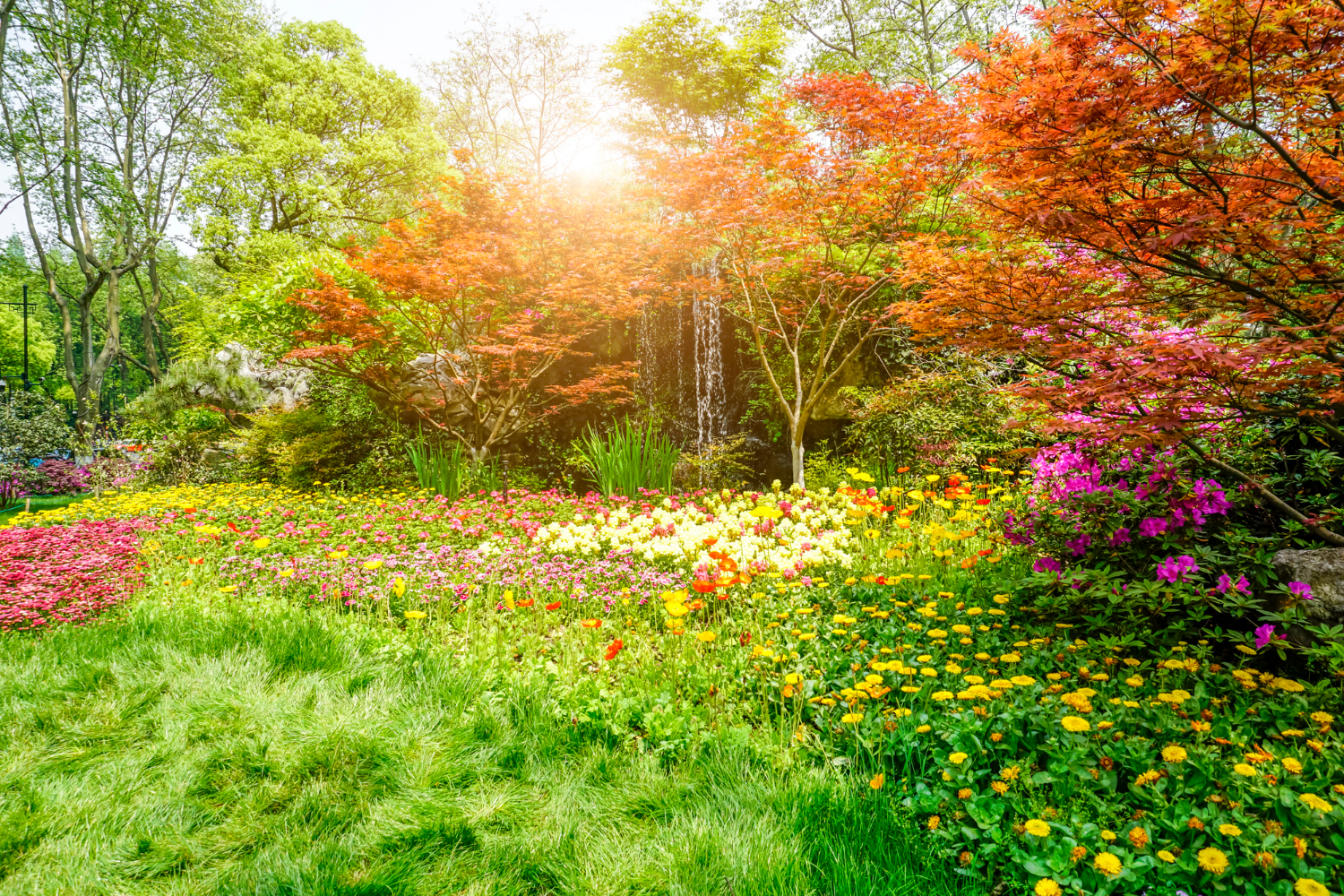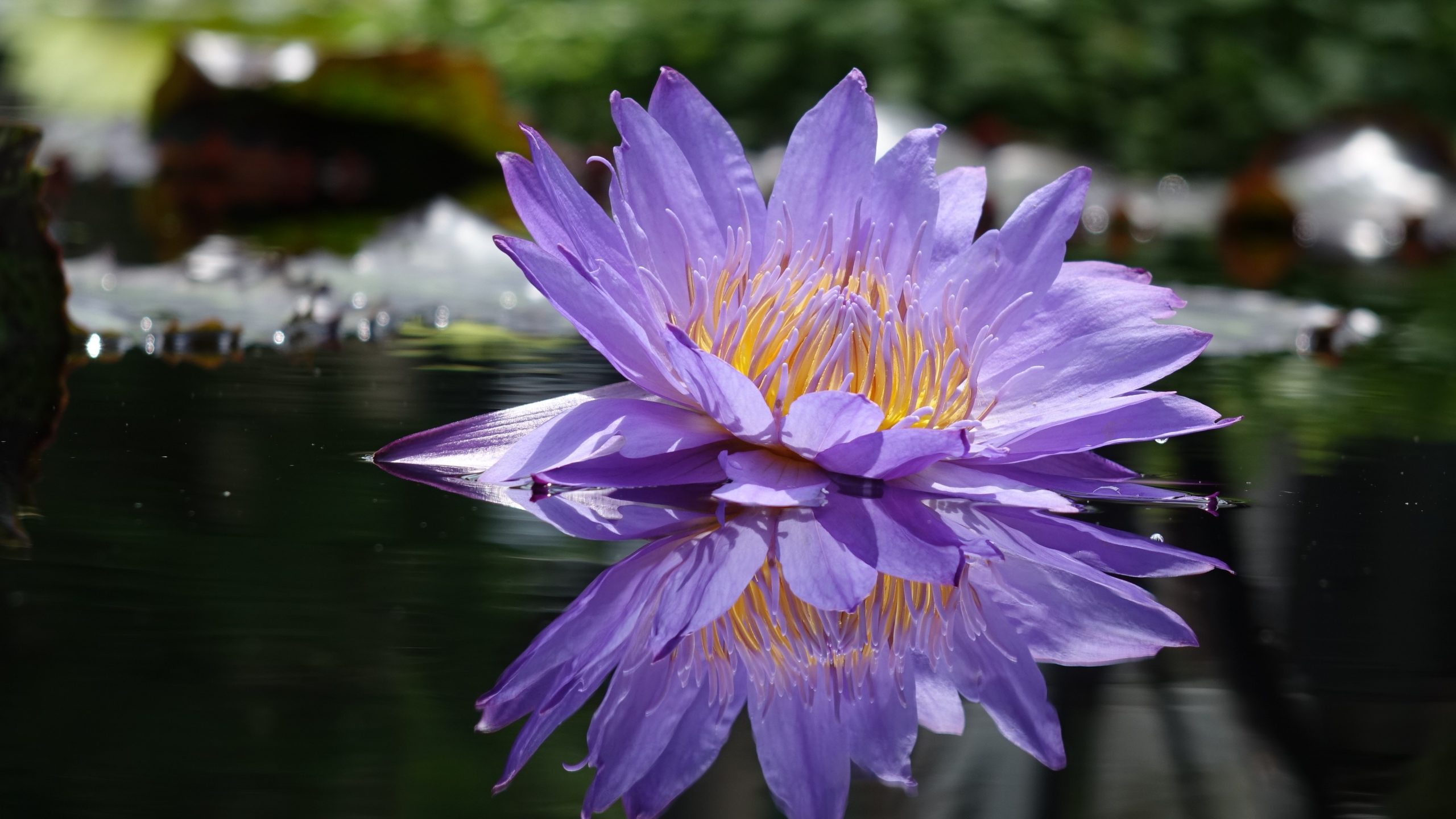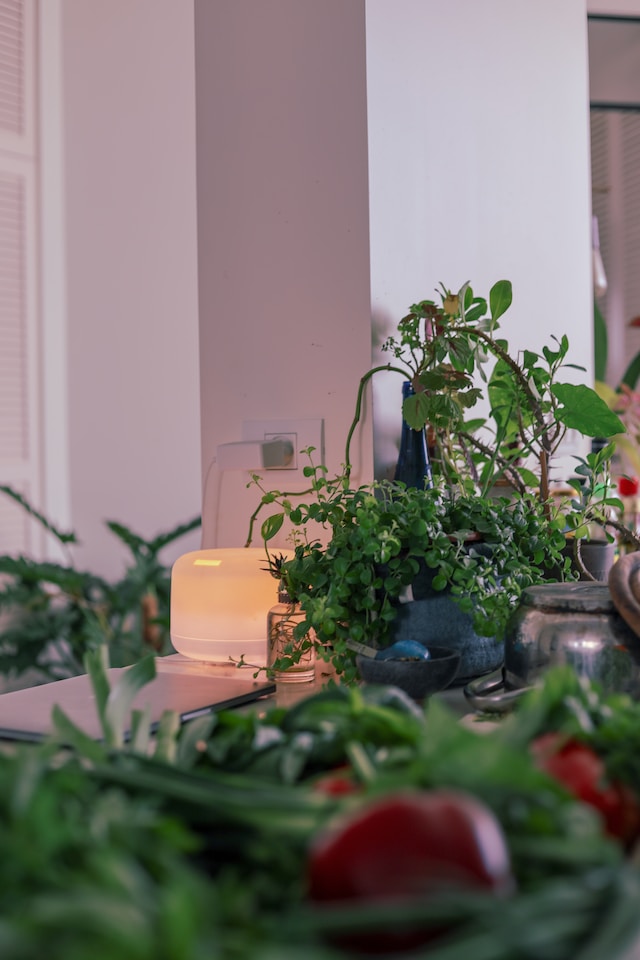Introduction: Promoting Sustainable Residing with Interior Planting: Indoor Gardening as Eco-Friendly Lifestyle Choice
In today’s society where green living is growing in importance. Promoting green selections have become imperative. Houseplant cultivation offers a great option to incorporate environmental friendliness into your everyday routine. Not just it enables you to bring nature inside, but it further gives a wide range of ecological advantages. Within this piece, we will examine Indoor Gardening as Eco-Friendly Lifestyle Choice is able to be an environmentally friendly and sustainable decision. I will additionally offer handy recommendations to support you commence.
Interior gardening transcends enhancing beauty and plants to your dwelling. Furthermore, contributes towards a more sustainable environment. Here are some environmental benefits of indoor gardening:
Air Purification: Indoor Gardening as Eco-Friendly Lifestyle Choice
Houseplants operate as eco-friendly air filters. These eliminate harmful substances and contaminants from the surrounding environment that enters our lungs. These individuals assist in boost indoor air purity. This minimizes the chances of breathing concerns and increases overall wellness.
Carbon Dioxide Absorption: Indoor Gardening as Eco-Friendly Lifestyle Choice
Carbon dioxide is taken in by plants and exhale oxygen via photosynthesis. Through having houseplants, you can contribute lower the carbon output and fight against global warming.
Biodiversity Conservation: Indoor Gardening as Eco-Friendly Lifestyle Choice
Container gardening permits you to nurture diverse plant species, which may include at-risk or uncommon plants. It aids for preserving their being and encouraging biodiversity. By backing biodiversity and preserving these plants, you help maintain our natural ecosystems.
Selecting Environmentally Friendly Approaches to Growing Plants Indoors
To maximize the sustainability of your indoor gardening endeavors, consider adopting the following practices:
Organic Gardening:
Choose natural fertilizers and ways to prevent pests to decrease the dependency on synthetic substances. This supports build a more conducive environment for both you and your vegetation. Moreover, lessens the consequences on the ecological system.
Water Conservation:
Be aware of water consumption by implementing water-saving techniques. Utilize water-conserving techniques like trickle watering, harvesting and repurposing rainfall, and observing plant hydration levels to deter unnecessary watering. Moreover, utilizing these methods can aid in water conservation and advocate for sustainable gardening approaches.
Repurposing and Recycling:
Adopt eco-friendly materials through reusing or refurbishing objects to create your indoor green oasis. Employ salvaged bins, aged containers, or unwanted furnishings as one-of-a-kind plant holders. Such approach assists with minimizing garbage and grants fresh opportunities for antique artifacts.

Here are some practical tips and techniques to create an eco-friendly indoor garden:
Choose greenery that is endemic to your locality or acclimated to indoor settings. The plants tend to prosper without an excess of water or chemical substances.
Pick soil mixtures without peat made from renewable and sustainable resources like coconut fiber or organic compost. This decreases the need for peat harvesting, a procedure that can negatively impact vulnerable ecosystems.
Composting:
Set up a small recycling program to repurpose natural culinary waste. The system can convert the garbage and transform it into compost full of nutrients. Utilize this compost to nourish naturally to feed your indoor plants, in a sustainable way, closing the nutrient loop.
Sharing the Green Movement:
Encouraging People to Embrace Growing Plants Indoors
Spread the benefits of indoor gardening and inspire others to adopt sustainable practices with these ideas:
Community Gardening:
Foster community participation through starting or joining interior gardening initiatives among shared locations. Work together with residents, educational institutions, or community groups to establish inside gardens that cultivate a feeling of togetherness and ecological awareness. Think about arranging training sessions and activities with the purpose of educating and involving people in the community about green gardening practices.
Spread your expertise and enthusiasm about indoor horticulture via organizing training sessions or knowledge-sharing events. Educate others regarding sustainable methods, gardening maintenance, as well as the advantages related to indoor plant cultivation. It will encourage environmentally friendly way of life.
Conclusion
Houseplant cultivation provides an excellent opportunity to support a sustainable way of life and select sustainable alternatives. By acknowledging the ecological advantages of cultivating indoor plants and practicing environmentally friendly approaches, you can aid in creating cleaner air. Moreover, there is also the option to help protect biodiversity and decreased carbon footprint. Using helpful advice and methods, it is possible to create a green indoor garden that fosters both plants and the Earth. Communicate your eco-friendly trip with the community. Motivate them to join the effort and contribute positively on the ecological system. Allow indoor gardening serve as your entrance for a sustainable way of life.









